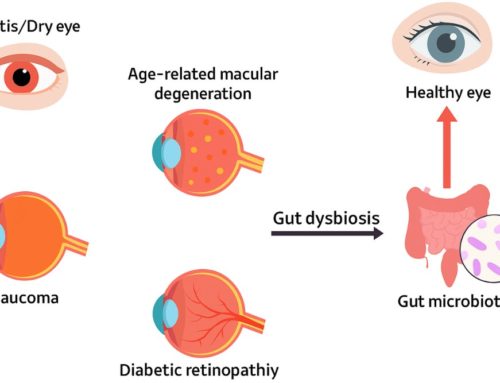Amputations are required for several situations, including infection, trauma, or deformity in one of your limbs. Recovery from an amputation can be a slow process, due to the physical and psychological effects it has on you. Amputation care will also be required to prevent infection or other complications from occurring.
Wound care is part of the recovery process to ensure proper healing. Amputation rehab teaches you to move your limb safely, support it when prone, and manage your pain. The following covers the proper care for your amputated limb, though this information is for educational purposes only. Be sure to follow your medical team’s advice and contact them if you have any concerns.

Amputation Care – What Should You Know
When you have a new amputation, you need to care for it properly to ensure it heals well. Part of this is following your medical team’s advice on rehab, which will be determined based on your specific needs. Your physical therapist will give you an exercise program to follow. You’ll also learn how to support your limb and move it properly to prevent pain, tight joints, and muscle shortening.
Occupational therapy will likely also be required to help you relearn tasks that would be affected by your amputation. Since this type of surgery can also take a toll on your mental and emotional state, you may need psychological therapy for these issues as well.
Another part of amputation care is keeping your stump clean. This includes washing it gently with mild unscented soap and water each day. Those fitted with a prosthetic limb will need to clean the socket in the same fashion. Using a moisturizing cream on your stump each day before bed can prevent dryness and discomfort.
Infection
An important part of amputation care is monitoring your stump for infection. Such signs can include redness, warmth, tenderness, or swelling around the amputated area. You may notice pus or fluid leaking from the wound or an unpleasant odor. Some individuals also experience a fever, shaking, or chills.
If you notice any of these issues, it’s best to contact your doctor immediately. They will be able to determine whether or not an infection has occurred and recommend the best treatment.
Other complications
No matter how thorough you are with your amputation care, there are several complications that you may experience. Emergency amputations are more likely to result in such complications than planned surgeries. Other factors that could contribute include the type of amputation, as well as the age and general health of the individual.
Some complications could include slow healing, heart issues, deep vein thrombosis, or pneumonia. There is also the possibility of stump pain from nerve damage, neuroma development, or from touching a prosthetic limb.
Phantom limb pain is another possible complication, occurring when you experience pain in the limb that’s no longer present. These symptoms can be mild to severe, with brief flashes of pain or constant discomfort. Though this type of complication usually improves eventually, there are treatments available. Speak to your doctor about this or any other complication that arises.
This content comprises informative and educational resources only and can not be considered as a substitute for professional health or medical guidance. Reliance on any information provided in this article is solely at your own risk. If you have any inquiries or apprehensions about your medical condition or health goals, talk with a licensed physician or healthcare provider.






Leave A Comment